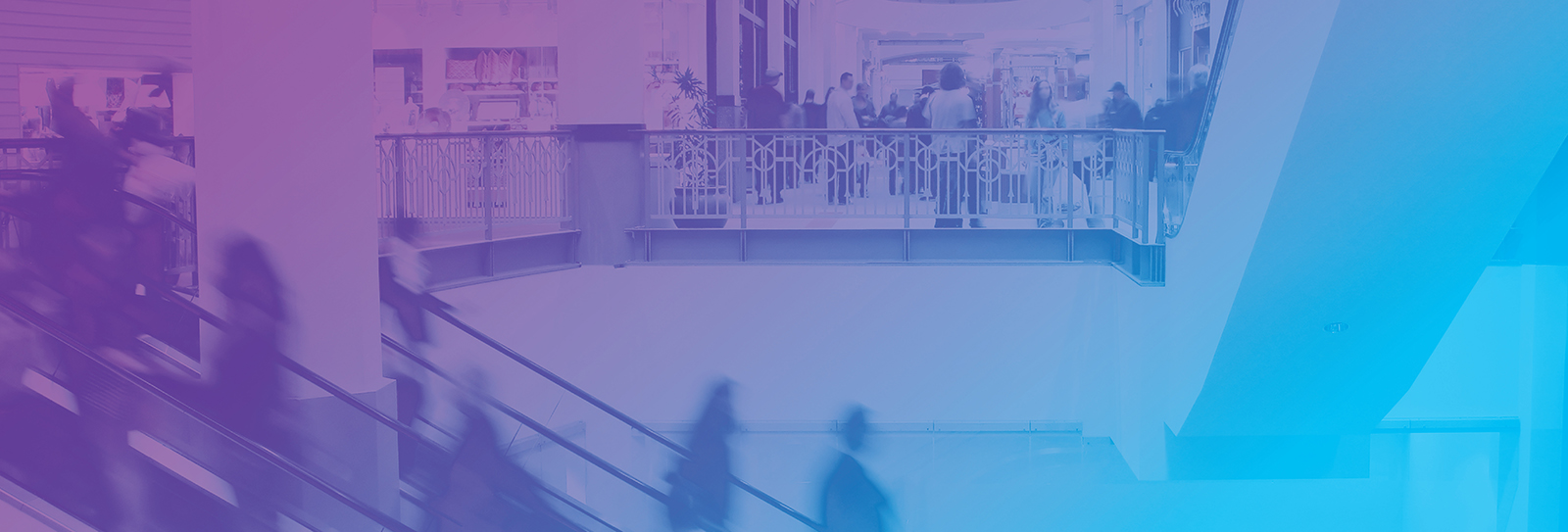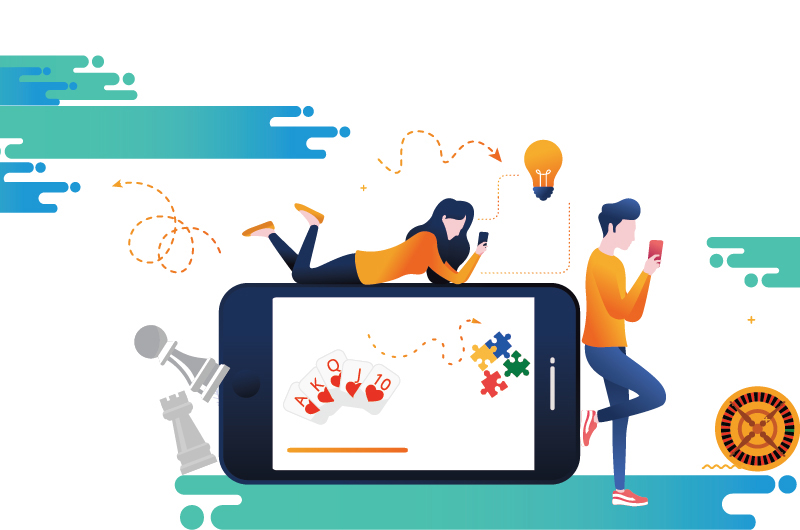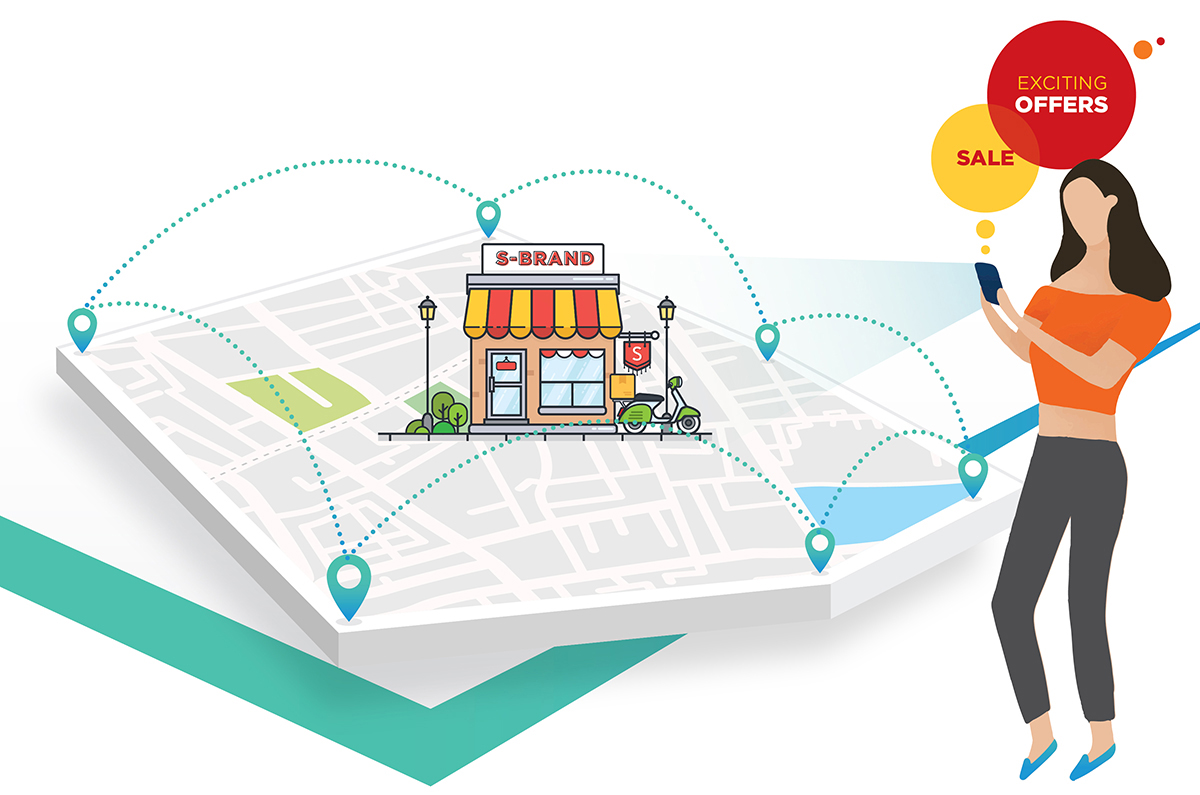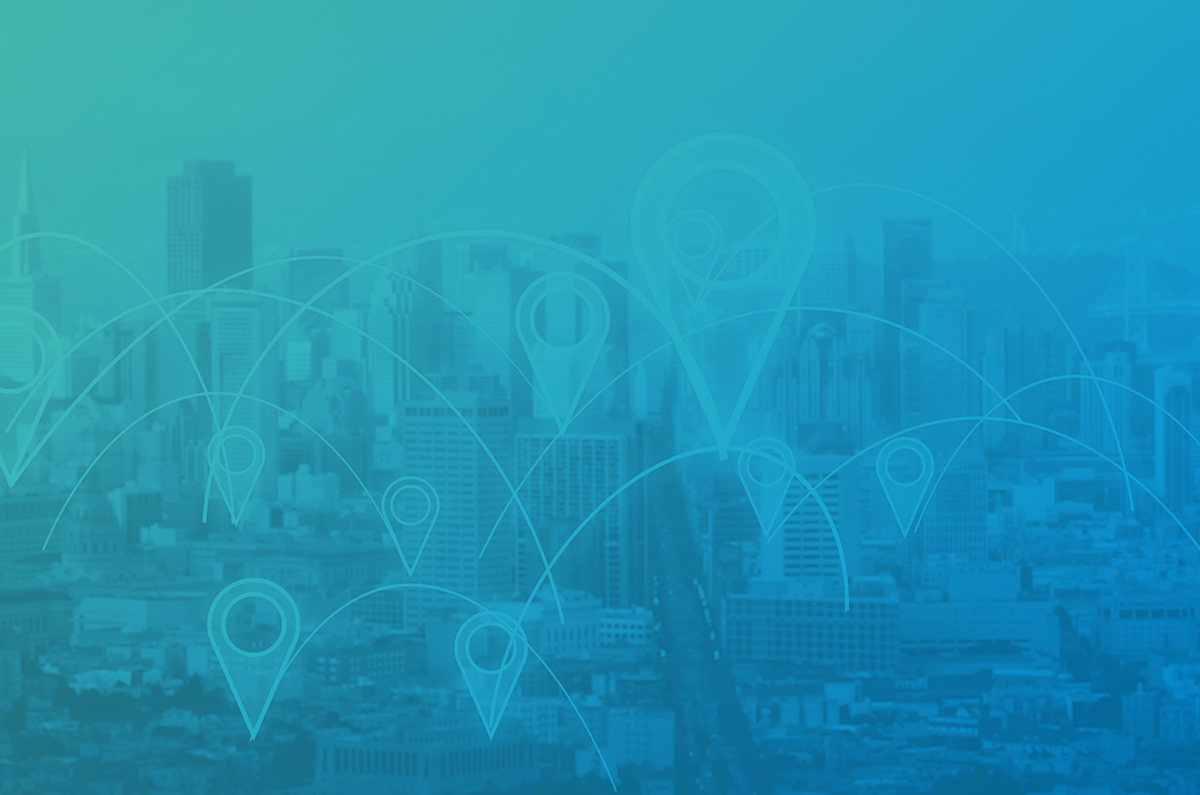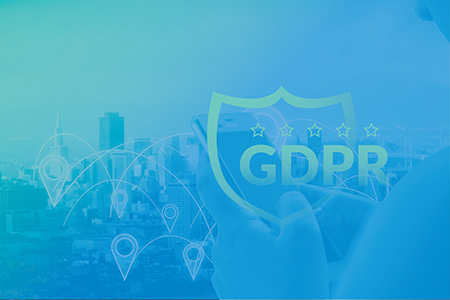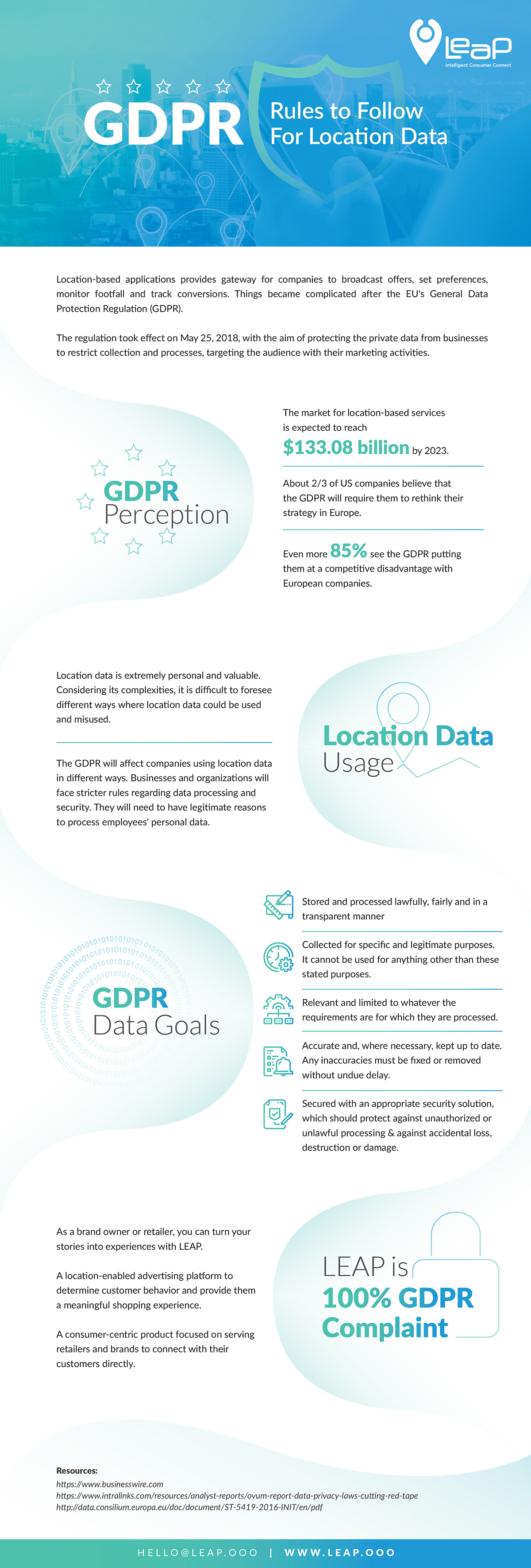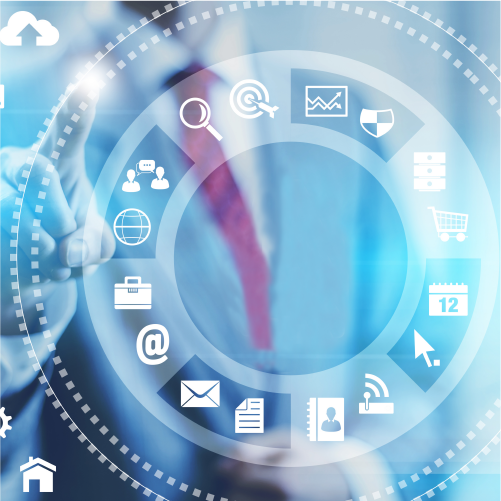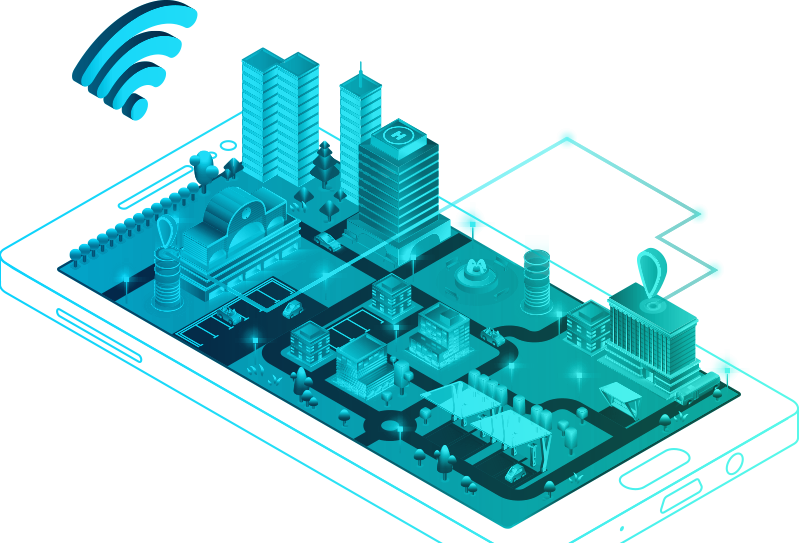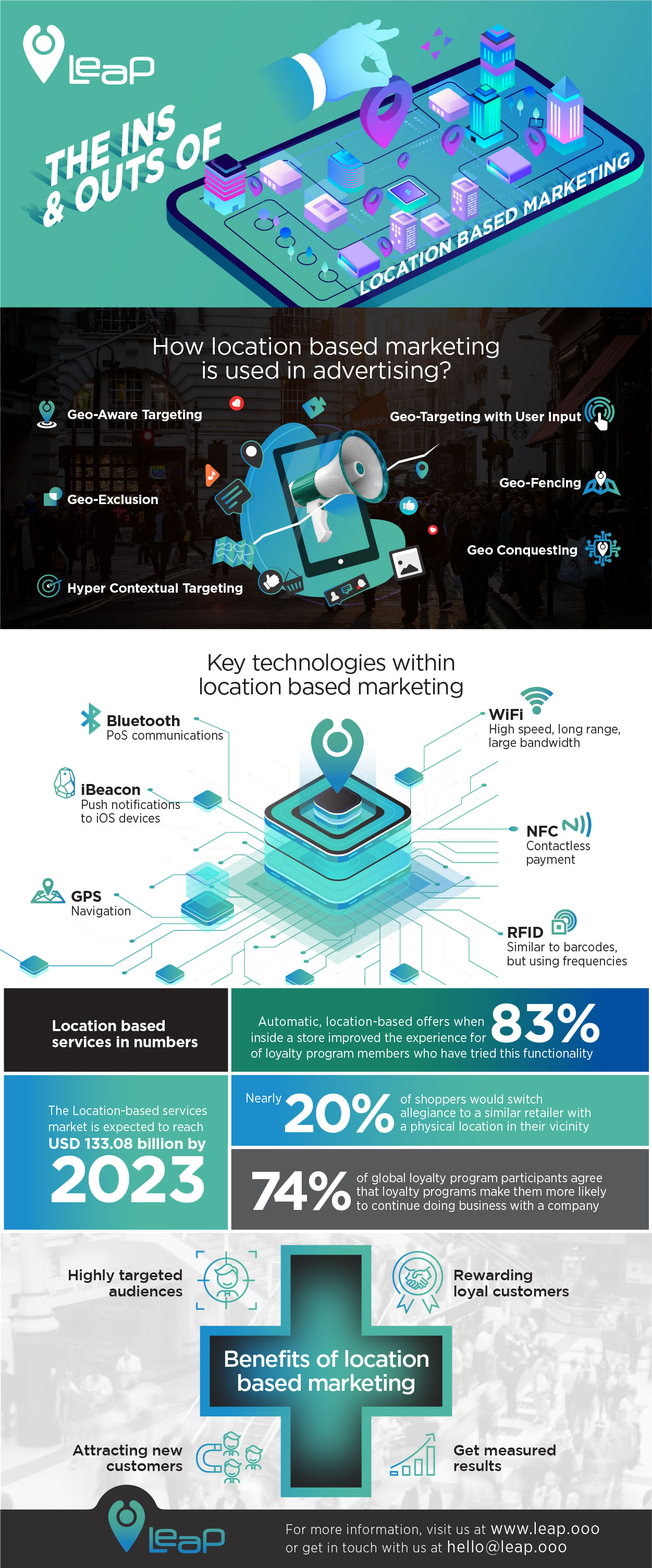With the increasing competition in the retail industry, shopping malls need to optimize their customers’ experiences. Location based advertising is the key to enhance shopping experience. It helps to create a positive impact, boosting business and acquiring new and loyal customers.
New age consumers choose to invest in experiences rather than just shopping. Retailers need to think in a similar direction that can meet their consumers’ expectations. It is the need of the hour to develop and adopt innovative concepts which can serve as a differentiator and break the clutter.
With the increasing numbers of online shopping options, customers are more inclined to shop at home. However, by creating a more engaging and personalised experience, retailers can drive people towards their stores and ensure they leave with quality shopping experience leading towards customer loyalty.
Consumers now have access to multiple channels to shop for and therefore, malls find it challenging to attract more shoppers. Although, they try and grab the attention through exclusive offers and discounts but these are not enough to attract more shoppers.
Objective: Deliver personal and relevant messages
A shopping mall in Finland wanted to address the above challenge. Due to multiple stores in the mall, it was difficult for each store to identify and reach out to their consumers. Therefore, they wanted to develop a digital solution that can convey their product or brand story to the right audience.
A project is successful when it achieves its objectives and meets the expectations of the stakeholders. So, who are the key stakeholders here? — The shopper, the shopping mall and their store owners.
The primary objective of stores in the mall is to reach out to their target customers whenever they cross a particular store of their interest in the entire mall. Moreover, store owners also wanted to address the decrease in the number of visitors to their stores. Currently, they advertised on billboards or banners which conveyed offers. As this message was generic it was difficult for store owners to be sure of hitting their message to the right audience. This way store owners intend to broadcast their exciting offers and deals but cannot find ways to reach to their target customers.
Attracting More Visits
A digital solution is important to increase the footfall which can enable them to send a brand story or messages to the right audience.
A mobile app for consumers can help them receive deals, coupons, and discounts from the stores in the mall. So, how does it work? A shopper receives a notification whenever he walks near the store in the mall. This data is already with the store owner due to the interest shown by the shopper in the recent past. The notification will convey recent offers and discounts. As soon as the notification is received, a shopper would want to visit the store and get the benefits of schemes.
In this way, the message is conveyed to the shoppers who would be interested in the products of the store. There will be no miss out for shoppers and they will always stay informed as they navigate from one place to another in the mall.
Addressing the challenges
LEAP is a digital solution for store owners to broadcast their brand messages to the right customers across the mall attracting them towards their store. With the effective implementation of Attention, Interest, Desire and Action technique (AIDA) the solution brings wide opportunities to understand the customer closely and offer what they are looking for in the first place.
A customized platform – LEAP for ‘Brands’ and ‘Retailers’ reaches out to their end-consumers and establish a direct ‘connect’ with them. With its Wi-Fi triangulation technology, store-owners can run a proximity marketing campaign to keep consumers informed about the products, services, and actual special offers.
If you are looking for a location-based advertising solution for your retail business or a quick demo on LEAP write to us at hello@leap.ooo or visit us at www.leap.ooo
